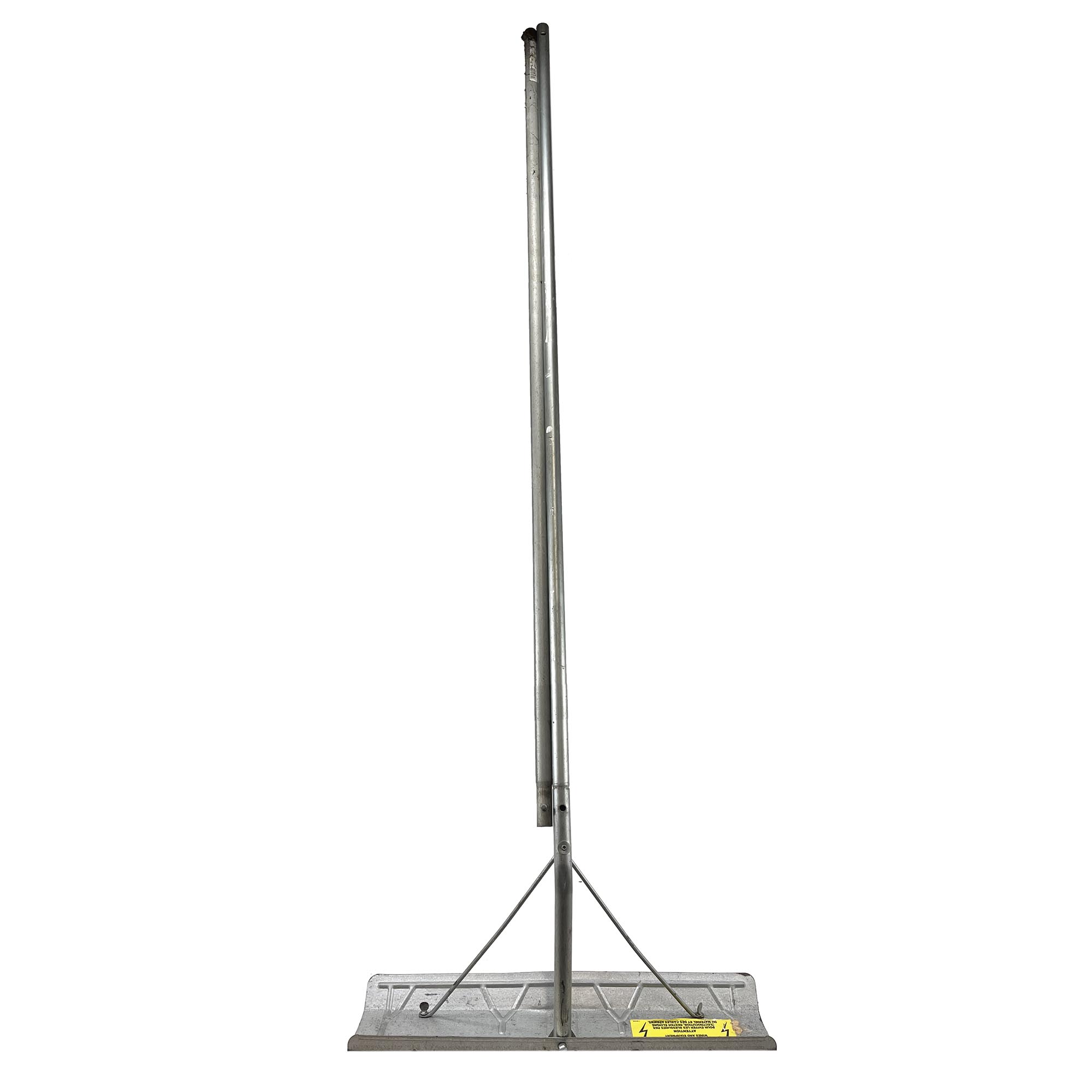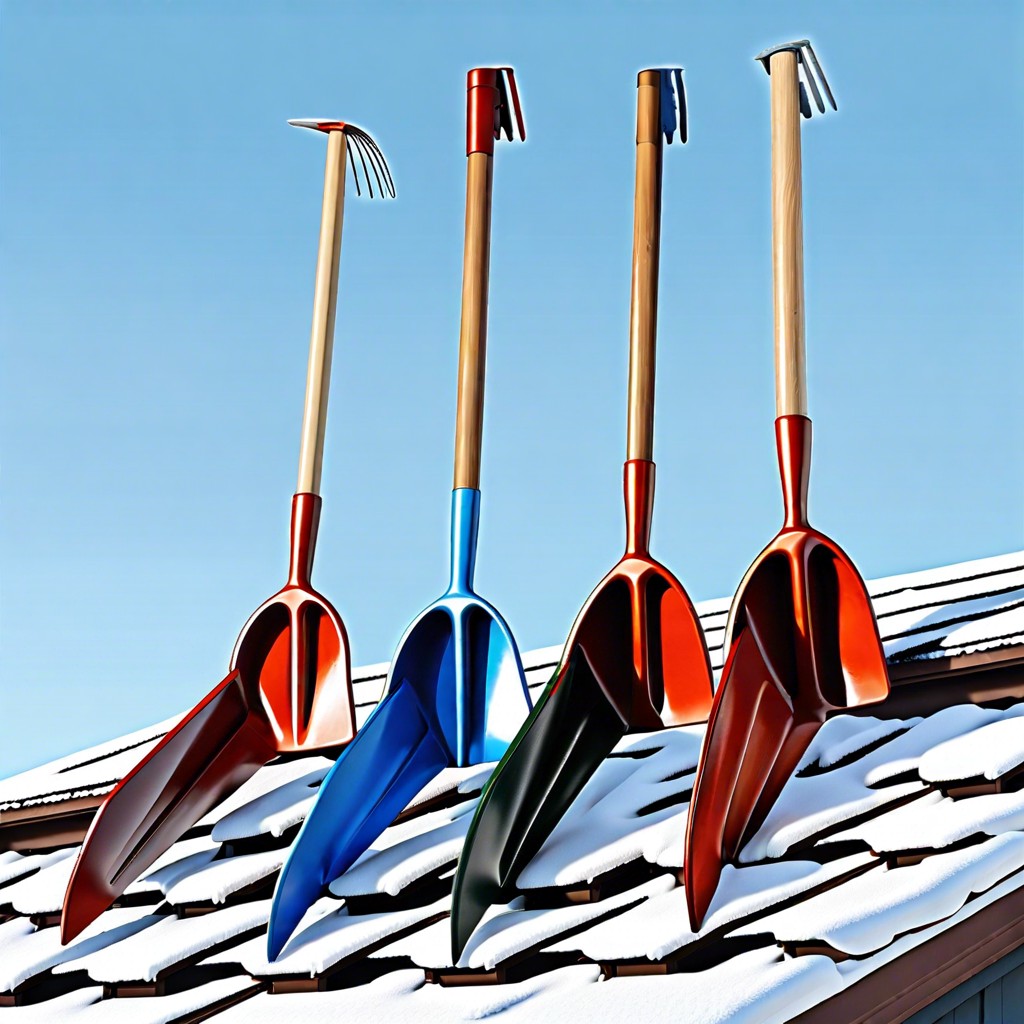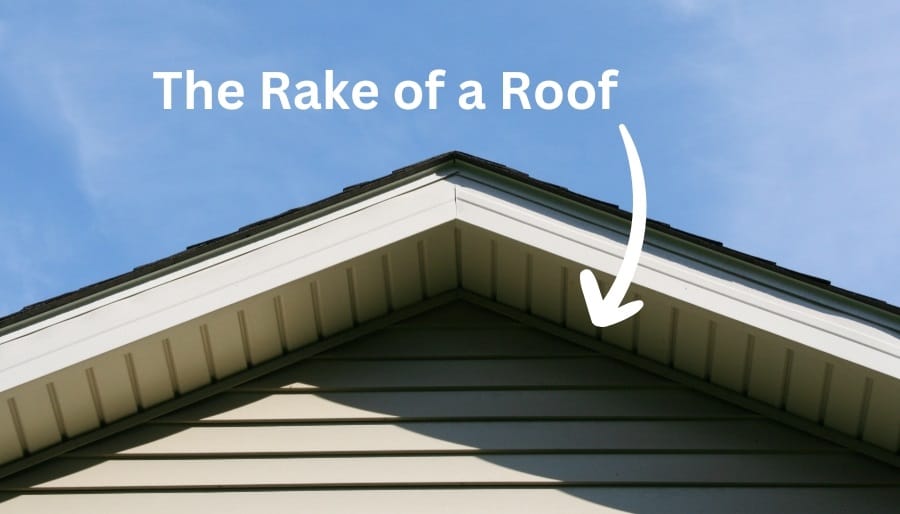What Is Rake On Roof? Your Ultimate Guide To Understanding Roof Rakes
When it comes to roofing, the term "rake" might sound like something straight out of a gardening magazine, but trust me, it’s got nothing to do with leaves or dirt. In the world of construction and architecture, a rake on a roof refers to the slanted edge of a roof that runs along the gable end. It’s one of those terms that might not cross your mind until you’re deep into a home improvement project or dealing with roof repairs. So, what exactly is a rake on a roof, and why should you care? Let’s dive in and break it down!
Roof rakes play a crucial role in the overall structure and aesthetics of your home. They’re not just there for show; they serve a functional purpose that impacts everything from water drainage to wind resistance. Whether you’re building a new home, remodeling, or simply maintaining your existing roof, understanding what a rake is can save you time, money, and headaches down the line.
In this article, we’ll explore everything you need to know about roof rakes, from their definition to their importance, and even how to maintain them. So grab a cup of coffee, sit back, and let’s get to the bottom of what makes roof rakes so darn important!
Read also:Sammythighs Ed The Ultimate Guide To Understanding The Phenomenon
Table of Contents
- What is a Rake on Roof?
- Why Are Roof Rakes Important?
- Types of Roof Rakes
- Construction Materials for Roof Rakes
- Design and Aesthetics of Roof Rakes
- Maintenance Tips for Roof Rakes
- Common Issues with Roof Rakes
- Cost Considerations for Roof Rakes
- DIY vs Professional Installation
- Wrapping It All Up
What is a Rake on Roof?
Alright, let’s start with the basics. A rake on a roof is essentially the sloped edge of the roof that runs along the gable end. Think of it as the part of your roof that meets the vertical walls of your house at an angle. This slanted edge is what gives your roof its distinctive triangular shape, especially in homes with gable roofs. The rake is not just a decorative feature; it plays a vital role in the structural integrity of your roof.
In simpler terms, the rake is where the roof meets the wall, and it’s designed to direct water away from the house while also providing a finished look to the edges of the roof. Without a properly constructed rake, your roof could be vulnerable to water damage, wind damage, and other weather-related issues.
Why Do We Call It a Rake?
Now, you might be wondering why it’s called a "rake." The term "rake" actually comes from the angle at which the roof edge slopes downward. It’s similar to how a rake in gardening has angled teeth to gather leaves, but in this case, the rake on your roof is gathering water and directing it away from your home. Cool, right?
Why Are Roof Rakes Important?
Roof rakes aren’t just there to make your house look pretty; they serve a bunch of important functions that contribute to the overall health and longevity of your roof. Here are a few reasons why roof rakes matter:
- Water Drainage: One of the primary functions of a roof rake is to direct water away from the house. Properly installed rakes help prevent water from pooling on the roof or seeping into the walls.
- Wind Resistance: The slanted design of roof rakes helps reduce wind resistance, making your roof more durable during storms.
- Aesthetic Appeal: Let’s not forget that roof rakes also add a touch of style to your home. They give your roof a clean, finished look that enhances curb appeal.
- Insulation: In some cases, roof rakes can help improve insulation by creating a barrier between the roof and the walls, reducing heat loss in the winter and heat gain in the summer.
So, whether you’re dealing with heavy rain, strong winds, or just trying to keep your home looking sharp, roof rakes are definitely worth paying attention to.
Types of Roof Rakes
Not all roof rakes are created equal. Depending on the style of your home and the materials used, there are several types of roof rakes to choose from. Here’s a quick rundown:
Read also:Desiremovies Nl The Ultimate Guide To Exploring Movies Online
1. Open Rakes
Open rakes are exactly what they sound like—open. They don’t have any additional covering or trim, which gives them a more rustic, natural look. While they might not be as weather-resistant as other types, they’re a popular choice for homes with a more traditional or farmhouse aesthetic.
2. Closed Rakes
Closed rakes, on the other hand, are fully enclosed with fascia boards or other materials. This provides an extra layer of protection against the elements and gives the roof a more polished appearance. Closed rakes are great for modern or contemporary homes that prioritize clean lines and minimal maintenance.
3. Decorative Rakes
If you’re looking to add a bit of flair to your roof, decorative rakes might be the way to go. These rakes are often adorned with trim, molding, or other decorative elements that enhance the overall design of your home. Whether you’re going for a classic look or something more modern, decorative rakes can help tie everything together.
Construction Materials for Roof Rakes
The materials you choose for your roof rakes can have a big impact on their durability, appearance, and cost. Here are some of the most common materials used in roof rake construction:
- Wood: Wood is a classic choice for roof rakes, offering a natural look that’s easy to work with. However, it does require regular maintenance to prevent rot and insect damage.
- Vinyl: Vinyl is a low-maintenance option that’s resistant to rot, rust, and insect damage. It’s also available in a variety of colors, making it a versatile choice for many homeowners.
- Aluminum: Aluminum rakes are lightweight, durable, and resistant to corrosion. They’re a great option for homes in coastal areas where salt spray can be a problem.
- Fiber Cement: Fiber cement is a newer material that combines the durability of concrete with the look of wood. It’s fire-resistant and long-lasting, making it a smart choice for many homeowners.
When choosing materials for your roof rakes, consider factors like climate, budget, and personal style to find the best fit for your home.
Design and Aesthetics of Roof Rakes
Let’s be real—roof rakes aren’t just about functionality; they’re also about making your home look good. The design of your roof rakes can have a big impact on your home’s overall appearance, so it’s worth taking the time to get it right.
Some popular design elements for roof rakes include:
- Trim and Molding: Adding decorative trim or molding to your rakes can give them a more finished look and add visual interest to your home.
- Color and Finish: Choosing the right color and finish for your rakes can help them blend seamlessly with the rest of your home’s exterior.
- Lighting: If you want to make your roof rakes stand out at night, consider adding some subtle lighting to highlight their design.
Remember, the key is to choose a design that complements the overall style of your home while also meeting your practical needs.
Maintenance Tips for Roof Rakes
No matter how well-constructed your roof rakes are, they’ll still need some TLC from time to time. Here are a few maintenance tips to keep your roof rakes in top shape:
- Regular Inspections: Check your rakes regularly for signs of damage, such as cracks, rot, or loose boards. Catching problems early can save you a lot of money in the long run.
- Clean Gutters: Make sure your gutters are clear of debris, as clogged gutters can cause water to back up onto your rakes and cause damage.
- Repaint or Seal: Depending on the material, you may need to repaint or seal your rakes every few years to protect them from the elements.
By staying on top of maintenance, you can extend the life of your roof rakes and avoid costly repairs down the road.
Common Issues with Roof Rakes
Even with regular maintenance, roof rakes can still develop issues over time. Here are some of the most common problems homeowners face with their roof rakes:
- Water Damage: If your rakes aren’t properly sealed or if your gutters are clogged, water can seep into the wood and cause rot.
- Wind Damage: Strong winds can damage or even tear off poorly secured rakes, leaving your roof vulnerable to further damage.
- Pest Infestations: Insects like termites and carpenter ants love to make a home in wooden rakes, so it’s important to inspect for signs of infestation regularly.
If you notice any of these issues, it’s best to address them as soon as possible to prevent further damage.
Cost Considerations for Roof Rakes
So, how much are you looking at for roof rakes? The cost can vary widely depending on factors like material, size, and labor. On average, you can expect to pay anywhere from $5 to $20 per linear foot for materials alone, with labor adding an additional $10 to $30 per hour.
Of course, these are just rough estimates, and the final cost will depend on the specifics of your project. If you’re working with a professional, be sure to get a detailed estimate before starting any work.
DIY vs Professional Installation
Should you tackle roof rake installation yourself, or is it best left to the professionals? It really depends on your skill level and the complexity of the project. If you’re handy with tools and have experience with roofing, you might be able to handle a simple rake installation on your own. However, for more complex projects or if you’re dealing with an older home, it’s often best to hire a professional to ensure everything is done correctly.
Professionals can also help you navigate any local building codes or regulations that might apply to your project, saving you from potential headaches later on.
Wrapping It All Up
So there you have it—everything you need to know about roof rakes. From their definition and importance to the different types and materials available, understanding roof rakes can help you make informed decisions about your home’s roofing needs. Whether you’re building a new home, remodeling, or simply maintaining your existing roof, don’t overlook the power of a well-constructed rake.
Now it’s your turn! Have you dealt with roof rakes before? Do you have any tips or tricks to share? Leave a comment below and let’s keep the conversation going. And if you found this article helpful, don’t forget to share it with your friends and family. Together, we can rake in the knowledge and keep our roofs in top shape!
Trump's Orange: The Iconic Hue And Its Fascinating Story
Roofing Rakes: The Ultimate Guide To Understanding And Installing Them
Are The Grammys On UK TV? The Ultimate Guide To Watching The Biggest Music Awards

Roof Rake OTL Webstore

Roof Rake Buying Guide Choose the Best Model for Your Home

What Is The Rake of a Roof? Explained! Building Code Trainer